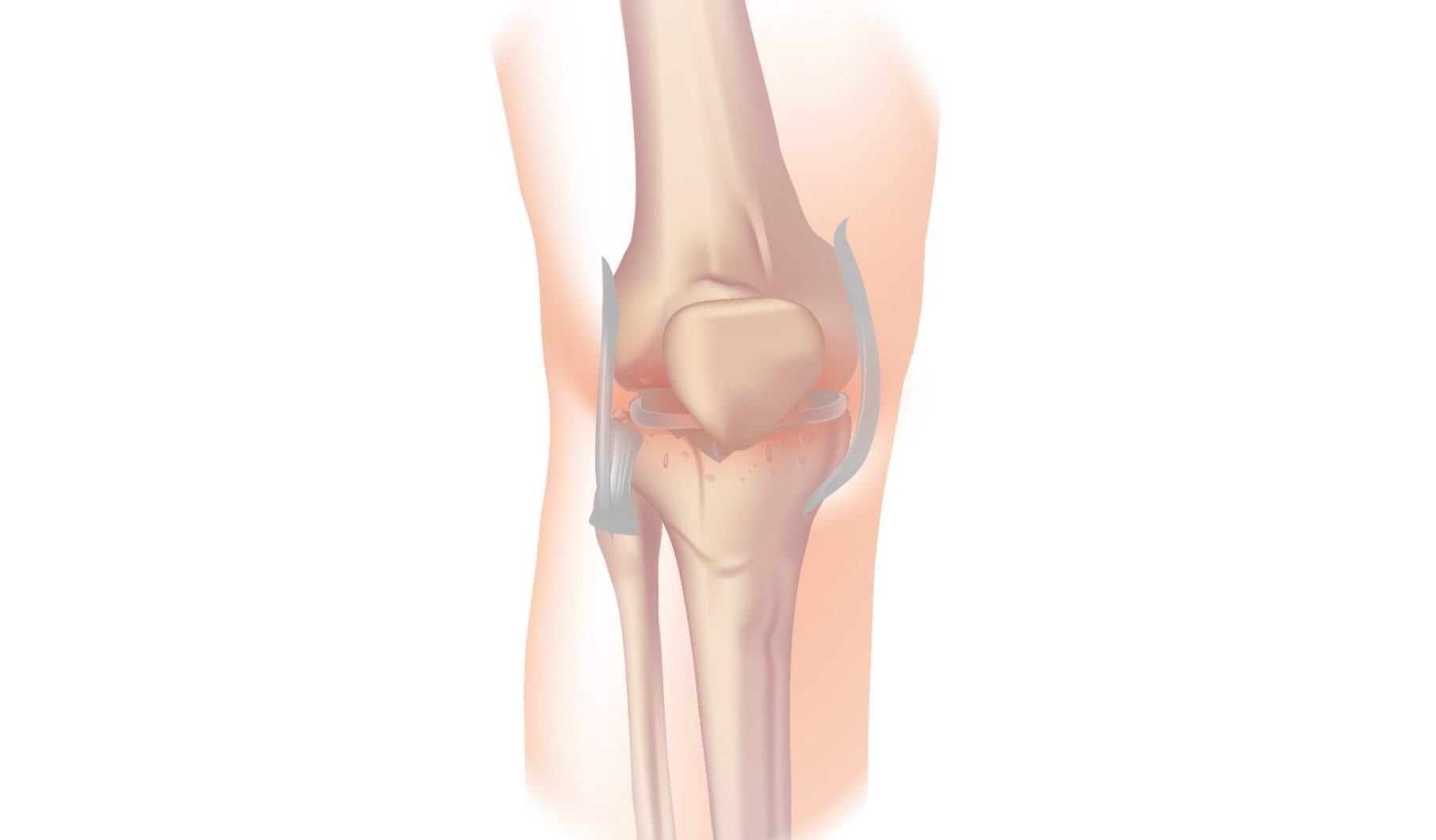Postero Lateral Corner (PLC) injury is a rare but potentially serious knee injury that involves damage to the ligaments and structures on the outer back part of the knee. The PLC provides stability to the knee joint, and damage to this area can result in instability and difficulty bearing weight on the affected leg.
Symptoms of PLC injury may include pain, swelling, instability, and difficulty bending or straightening the knee. Treatment for PLC injury typically involves a combination of physiotherapy, bracing of the knee, and in some cases, surgical intervention. The decision to undergo surgery will depend on the severity of the injury, the patient’s age and activity level, and the extent of knee instability.
Applying the 5 stages of rehab to PLC injury is crucial to achieving the best possible outcome and reducing the risk of reinjury.
Pain and symptom management: The first stage of rehabilitation focuses on reducing pain and swelling. Rest, ice, compression, and elevation (RICE) are often recommended in the initial stages of treatment. Pain-relieving medications such as nonsteroidal anti-inflammatory drugs (NSAIDs) may also be prescribed to manage pain and reduce inflammation. Physiotherapy treatments such as ultrasound, soft tissue massage, and taping can also help to reduce pain and swelling.
Range of motion: Once pain and inflammation are under control, the focus shifts to restoring normal range of motion in the knee joint. Physiotherapy treatments such as gentle mobilization, stretching exercises, and joint mobilization techniques can help to improve flexibility and reduce stiffness in the knee joint.
Motor control: In stage 3, the focus is on improving neuromuscular control around the knee joint. Exercises that target the quadriceps, hamstrings, and calf muscles, can help to improve muscle strength, balance, and coordination. Hip strengthening exercises are also important in improving motor control as they can help to improve overall lower limb mechanics.
Strengthening: In stage 4, the goal is to build strength in the muscles around the knee joint to improve stability and reduce the risk of reinjury. Resistance training, including exercises such as squats, lunges, and leg presses, can help to build muscle strength and endurance. Plyometric exercises, which involve jumping and landing, can also help to improve power and explosiveness in the lower limb muscles.
Maintenance: In the final stage of rehab, the focus is on maintaining the gains achieved in the previous stages and preventing reinjury. This may involve continuing with regular exercise, including strengthening and proprioceptive training, as well as making any necessary modifications to daily activities or sports participation to reduce the risk of further injury.
It is important to work closely with a physiotherapist or other healthcare professional during the rehab process to ensure that exercises are performed correctly and progress is monitored. With proper care and management, most individuals with PLC injury can return to their pre-injury level of activity.


